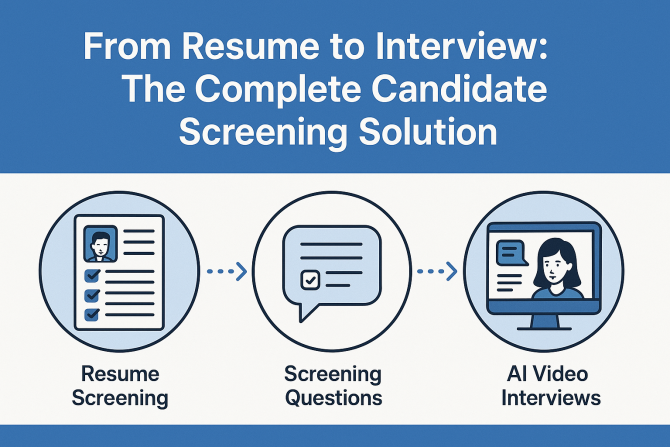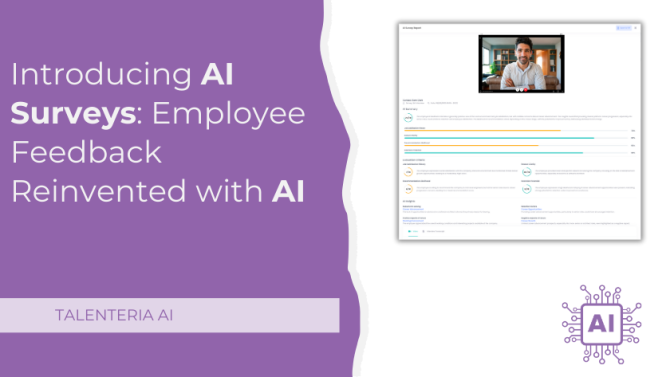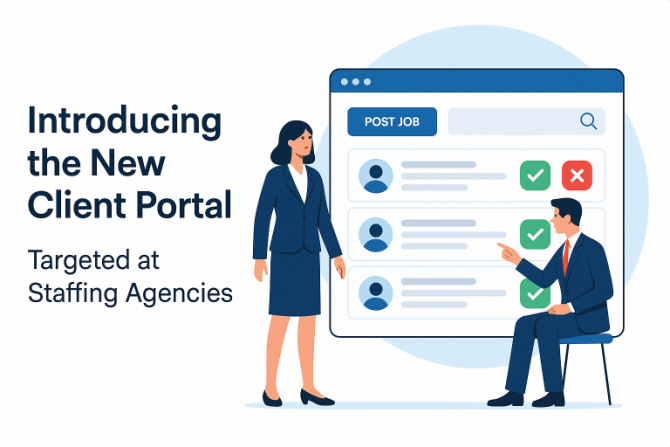
What Is Inbound Recruiting?
Inbound methodologies have been truly revolutionary in the marketing world over the past few years. And since Recruitment Marketing (RM) had already borrowed some techniques from the marketing industry sector, it was a matter of time before those techniques made their way across the marketing/recruitment separation.
Now, let’s dive into what inbound recruiting is and how you can implement these methods into your recruitment process.
Defining Inbound Recruiting
Inbound recruiting is a method used to create an impressive job candidate experience through employer brand content and various strategies that help organizations build and improve their relationships with future hires.
The Importance of Inbound Recruiting
In a time of such a fierce “war for talent,” when demand far exceeds supply, employers need to find a way to stand out to be able to attract the best talents. It’s no longer enough just to post a job ad on a career website find the most suitable candidate.
One of the reasons for that is that sometimes the best candidates are not necessarily looking for opportunities, even though they may be available. In fact, this happens most of the time, as 70% of the global workforce is made up of passive job seekers who were not looking for a job when they got one.
Secondly, candidates don't apply for any position in desperation like they used to, which means they do a lot of research about the employer before they finally send out their resume. Only those organizations that provide competitive advantages are able to get the best talents. They do so by applying certain inbound marketing methods, the main purpose of which is to attract and build relationships with prospective employees and communicate employer branding at every stage of interaction with candidates.
Many recruiters believe that having a successful inbound recruiting strategy will be a prerequisite for successful recruiting and hiring, as job seekers want to know the culture and read employee reviews. This is exactly where employer brand comes in: only 1 out of 5 applicants will send their CV to a 1 star rated organization.
This is why if you want to motivate job seekers to apply for your position, it is essential to use certain marketing strategies, such as developing a good career site, interacting with people on social media, and building a great relationship with candidates.
These are the things that we at Talenteria take into serious consideration when we’re working on building recruiting strategies for companies and promoting an employer brand.
Inbound vs. Outbound
The two main types of recruitment are inbound and outbound recruiting. In short: in inbound recruiting, candidates come to you, whereas, in outbound recruiting, you have to look for candidates yourself.
Different Approaches
Inbound recruiting is a recruitment strategy where you actively and consistently attract talents in order to encourage them to pick you as their next employer. You need to guide job candidates through the entire application process and provide them with remarkable candidate experience.
Outbound recruiting is a recruitment strategy where you seek out job seekers and contact them whenever a new position is opened. Your goal is to go straight to the application stage and offer the vacancy.
Long-Term and Short-Term Solutions
In case you're looking for a long-term solution to promote your hiring strategies, inbound recruiting is the way to go. Here your goal is to create an employer brand that will expand your pool of high-quality candidates.
However, outbound recruiting serves as a short-term recruiting solution, as it is used only when there’s a need for a new hire. If outbound recruiting is your only hiring strategy, it might be a good idea to consider implementing some inbound recruiting methods as well.
Identifying Pain Points
The goal of inbound recruiting, just like in marketing, is to help job-seekers identify their own pain points, which can include anything from poor cultural compatibility to lower than desirable wages. As a recruiter, if you manage to find a candidate’s pain point, you’ll be able to make them feel like your organization is a better fit for them.
Outbound recruiting, on the other hand, uses a method by which HRs find suitable candidates. Recruiters then contact job seekers to see if they have a pain point, and more often than not, candidates simply don’t realize they have one.
Which Is Better?
Most employers use both methodologies.
Nevertheless, outbound recruiting is usually seen as a Plan B. In other words, this methodology is only used when you are failing to get quality candidates with your inbound recruiting strategies. The goal of inbound recruiting is to expand your talent pool. When you have a pool of highly qualified specialists, it will be much easier to fill open vacancies.
However, if you do not have a candidate that would perfectly match your hiring needs, you should switch to outbound recruiting.
Regardless of whether you choose to use inbound or outbound recruiting - or a combination of both, Talenteria’s recruitment marketing platform can help save you time and money!





